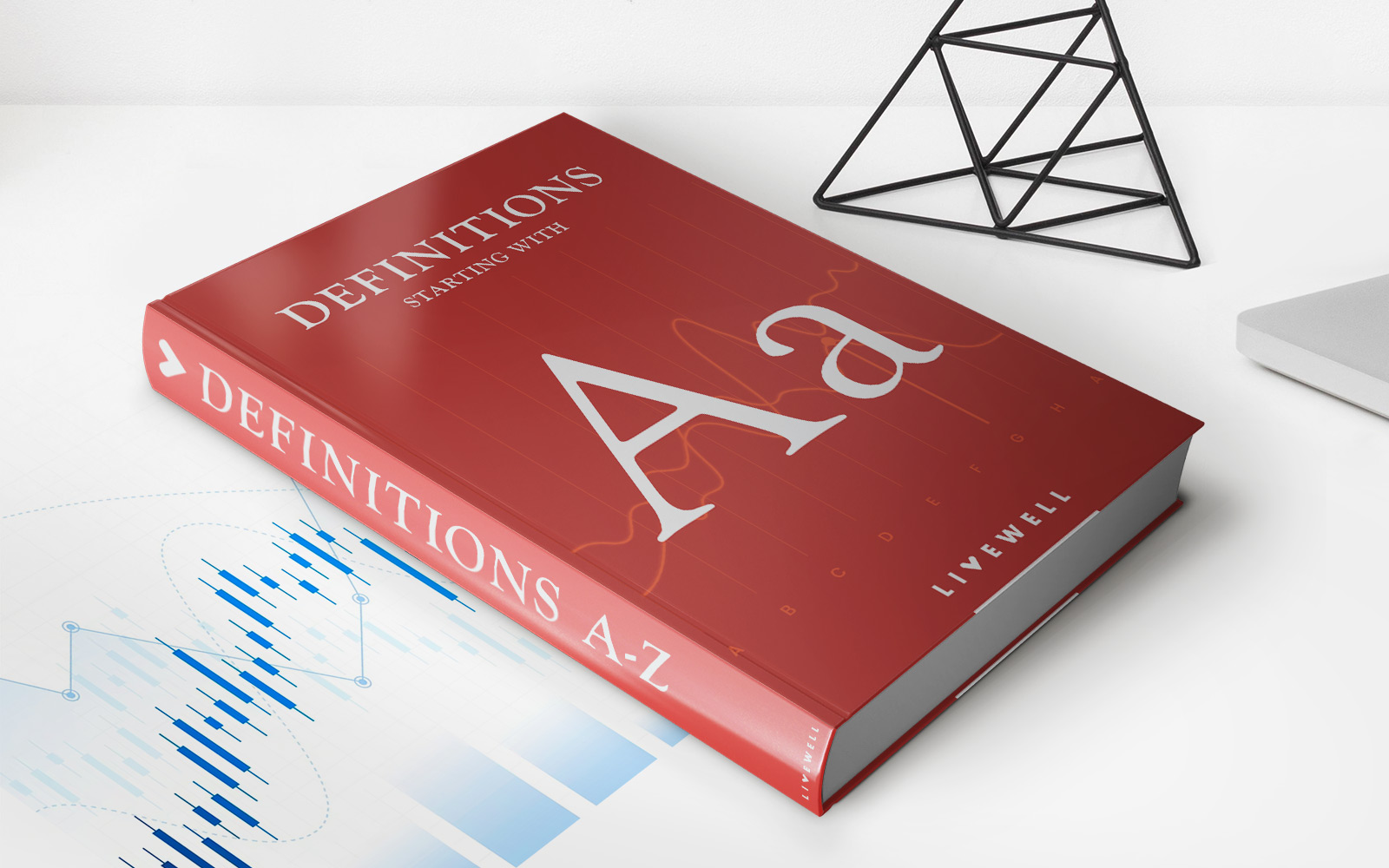Home>Finance>What Is A Floating Rate Fund? Definition, Example And Limitations


Finance
What Is A Floating Rate Fund? Definition, Example And Limitations
Published: November 25, 2023
Learn about floating rate funds in finance. Understand the definition, example, and limitations of this investment option.
(Many of the links in this article redirect to a specific reviewed product. Your purchase of these products through affiliate links helps to generate commission for LiveWell, at no extra cost. Learn more)
Understanding Floating Rate Funds: Definition, Example, and Limitations
Welcome to the “Finance” category of our page! In this blog post, we will explore the concept of floating rate funds and shed light on their definition, provide an example, and discuss their limitations. So, let’s dive right in!
Key Takeaways:
- Floating rate funds are a type of mutual fund or exchange-traded fund (ETF) that invest in debt securities with variable interest rates.
- These funds provide investors with a potential hedge against rising interest rates as the interest paid on the underlying securities adjusts periodically.
What is a Floating Rate Fund?
A floating rate fund is a unique investment vehicle that focuses on debt securities with variable interest rates. These funds primarily invest in loans, bonds, or other debt instruments that have floating rates tied to a benchmark, such as LIBOR (London Interbank Offered Rate) or the U.S. Treasury bill rate.
The nature of floating rate funds sets them apart from traditional fixed-rate bond funds. Unlike fixed-rate bonds that pay a predetermined interest rate over the life of the bond, floating rate funds adjust the interest payments periodically, thereby providing investors with a potential hedge against rising interest rates.
These funds are primarily offered as mutual funds or exchange-traded funds (ETFs), making them accessible to a wide range of investors. Generally, they are most suitable for investors who anticipate interest rates to increase in the future.
Example of a Floating Rate Fund
To illustrate, let’s consider an example. Imagine you invested in a floating rate fund that holds a portfolio of floating rate bonds. The interest payments on these bonds are tied to the U.S. Treasury bill rate, which adjusts every three months.
Suppose the fund’s underlying securities yield a 1% spread over the Treasury bill rate. If the Treasury bill rate stands at 1%, the fund’s yield would be 2%. However, if the Treasury bill rate rises to 2%, the fund’s yield would increase to 3%, providing investors with higher income as interest rates rise.
It’s important to note that while floating rate funds aim to provide investors with a hedge against rising rates, they come with their own set of limitations.
Limitations of Floating Rate Funds
While floating rate funds offer potential benefits, it’s crucial to be aware of their limitations before investing. Here are a few key considerations:
- Floating rate funds are subject to credit and default risks associated with the underlying debt securities.
- The interest rate adjustments may not keep up with unexpected inflation, which could erode the purchasing power of your investment.
- If interest rates remain low or decline, the income generated by floating rate funds may be lower compared to other fixed-income securities.
- The value of the underlying debt securities may fluctuate due to market conditions, impacting the overall performance of the fund.
It is essential to assess your risk tolerance and consider consulting with a financial advisor before making any investment decisions.
In summary, floating rate funds offer investors a potential hedge against rising interest rates, making them an attractive option for those anticipating a rise in rates in the future. However, investors should carefully consider the limitations, risks, and their own financial objectives before investing in these funds.
Thank you for joining us in this exploration of floating rate funds. We hope this article has provided you with a clearer understanding of this unique investment vehicle and its significance in the world of finance.
Remember to stay tuned for more informative articles on various finance-related topics as part of our “Finance” category!














